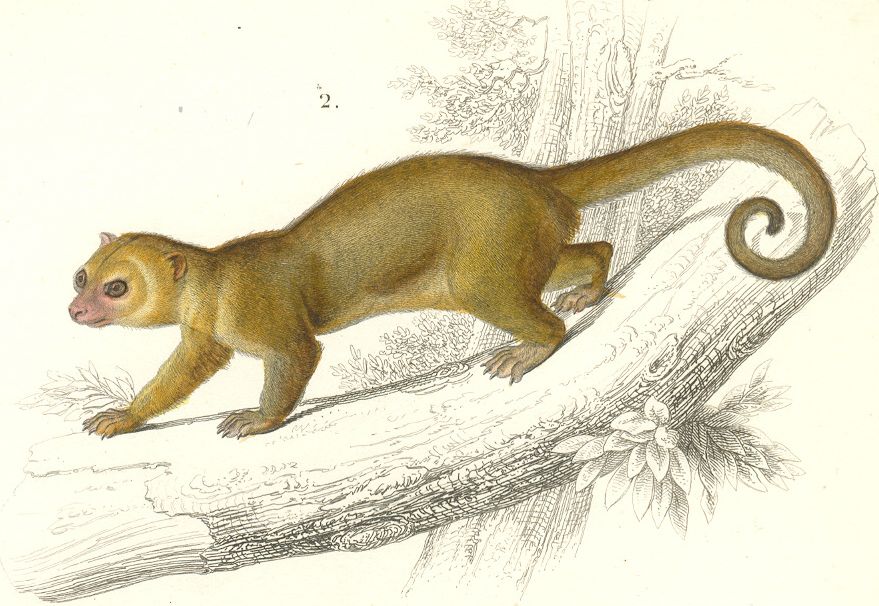Sean replaced our tickets with good ones! We sat at the 45 yard line in Section 25, Row 10?, Seats 1 & 2. Now, see map.... ... The game was crazy crazy. Very sloppy football on both sides, but Sean wasn't as disappointed as I expected him to be with the loss.
... The game was crazy crazy. Very sloppy football on both sides, but Sean wasn't as disappointed as I expected him to be with the loss.
We took DART Rail, which was a mess. When we tried to get back to the car (parked in Ft. Worth), we realized that it was too packed and headed to mom's for early dinner. Later, we caught the rail to the car and started on our drive, tails tucked back home.
I took my contacts out and gave him directions back to I-35, then blinked for anbout an hour... When I awoke, I asked how far we'd gotten, ie if we were past the Red River yet because he drives so fast. He then reads the next sign "Now entering Waco, Austin x# of miles!?!" Poor guy, I didn't think I'd would have to tell him to go north on I-35!
We turned around and headed north. I also took over driving. We made it back to Norman at about 1am. Very exhausted.
Sunday, we went to the U2 concert, which was awesome. We arrived just as the Black Eyed Peas were finishing up with their "It's Going to be a Good Night" song.
Despite OU's loss, I think Sean had a good birthday weekend.
Tuesday, October 20, 2009
OU vs Texas Game
Friday, October 16, 2009
Kinkajou
Here we go again, the weird things that people own. We got another blood sample of an animal we didn't recognize and [I've] had to look up. Looked like dog blood, and we ran it thru the analyzer as such, lol. (The analyzer has setting for cat, dog, horse, camelid, cow, sheep/goat, and people, but no Kinkajou or Coatamundi setting, go figure.) We've had a Turkey Vulture and a Bearded Dragon (lizard),  but we recognize enough to know what to expect from those (and they are in the book). I think Kinkajous and Coatamundi fall in the really exotic critter category.
but we recognize enough to know what to expect from those (and they are in the book). I think Kinkajous and Coatamundi fall in the really exotic critter category.
Taxomony:
Kindgom: Animalia
Phylum: Chordata
Class: Mammilia
Order: Carnivora
Family: Procyonidae (Raccoon Family)
Genus: Potos
Species: P.flavus
Subspecies: P. flavus flavus, chapadensis, chiriquensis, megalotus, meridensis, modestus, nocturnus
Genetic studies have shown that the kinkajous were an early offshoot of the ancestral procyonid line and are not closely related to any of the other extant procyonids. Their closest relatives are coatimundis.
Common Names: Kinkajou, Honey Bear, Micoleón, Lion Monkey, Night Walker
Range: Central and South America.
Habitat: Rainforest.
Description: Bodies are covered by an outer coat of golden woolly fur with a soft gray undercoat. Legs are short with bare palms and sharp claws. Head is round with small ears, and a short muzzle that contains sharp teeth. They have a 5 inch long extrudable tongue (12.7cm), which is used in reaching nectar and honey. Scent glands are near the mouth, on the throat, and on the belly, but they lack of anal scent glands. Tail is prehensile.
Length: 16-22 inches (42-57cm) body + 15-22 inches (40-56cm) tail
Weight: 4-7 lbs.
Diet: Omnivore (ripe fruit (90%), figs, flowers, insects, ants, eggs).
Behaviour: Nocturnal. Typically forage alone, but occasionally forage in small groups, and sometimes associate with coatimundis. They sleep in family units and groom one another. “Kinkajous are sometimes kept as pets. They are playful, generally quiet and docile, and have no noticeable odor. However, they can occasionally be aggressive. Kinkajous dislike being awake during the day, and dislike noise and sudden movements. An agitated kinkajou may emit a scream and attack, usually clawing its victim and sometimes biting deeply.” (Wikipedia) According to ABC News Paris Hilton was bitten by her pet Kinkajou.
Breeding/Mating: Non-seasonal, year-round. Males have an enlarged bone that protrudes at the inside of his wrist, which he rubs the females sides with during mating. This bone is usually bare skinned in the male, but fur covered in the female.
Gestation: 112 to 118 days
Young: 1-2 cubs produced per litter
Lifespan: 23-41 years
Predators: Fox, Tayra (Tolomucos), Margay, Jaguar, Ocelot, Jaguarundi, People (for fur and meat).
References:
Honolulu Zoo: http://www.honoluluzoo.org/kinkajou.htm
Wikipedia: http://en.wikipedia.org/wiki/Kinkajou
Tuesday, October 13, 2009
Coatimundi
The rotation I'm currently on right now is Clinical Pathology (ie looking at blood smears and tissue samples). Someone submitted some Coatimundi (which they spelled Cotomundai) blood for us to examine. It's blood looks very similar to that of a dog, which is quite interesting. Since not one of the 5 veterinarian in the room even had the slightest clue  as to what this animal looked like, I was volunteered to give a 2 minute summary of the animal for this morning. Here goes...
as to what this animal looked like, I was volunteered to give a 2 minute summary of the animal for this morning. Here goes...
Taxomony:
Kindgom: Animalia
Phylum: Chordata
Class: Mammilia
Order: Carnivora
Family: Procynidae (Raccoon Family)
Genus: Nasua
Species: N. narica & N. nasua
Common Names: White-nosed Coati (N. narica), Brown-nosed Coati (N. nasua), Pizote, Antoon, Tejón, Quash, Small Mexican Badger.
Range: Southwestern USA to South America.
Habitat: Wooded areas of the Americas from altitudes up to 3,500 metres (11,000 ft).
Description: Bodies can be dark brown, reddish, or yellow. Masked eyes with gray muzzles, chins, and throats. Snout is long and shovel-shaped extending beyond lower jaw. Mouth contains crushing molars and large canine teeth. The tail has six or seven light bands, and is not prehensile.
Length: 2 feet + 24" tail
Weight: 9 lbs. (range <25lbs)>
Behaviour: Diurnal. Females and sexually immature males form ground foraging in family groups of 5-12, but can be as large as 30. Adult males are solitary. Young cubs are left with a pair of babysitters, similar to meerkats.
*Easily domesticated.
Breeding/Mating: Non-seasonal
Gestation: 77 days
Young: 3-5 cubs produced per litter
Lifespan: 7 years
Predators: boas, raptors, hunting cats, and tayras (tolomucos).
*Now, eventhough various internet sites said this was a reasonably easily domesticated/tamed animal, as someone said "If 5 veterinarians have to look it up because they don't know what it even looks like [on google because it's not in our text books either], then people probably shouldn't have it."





